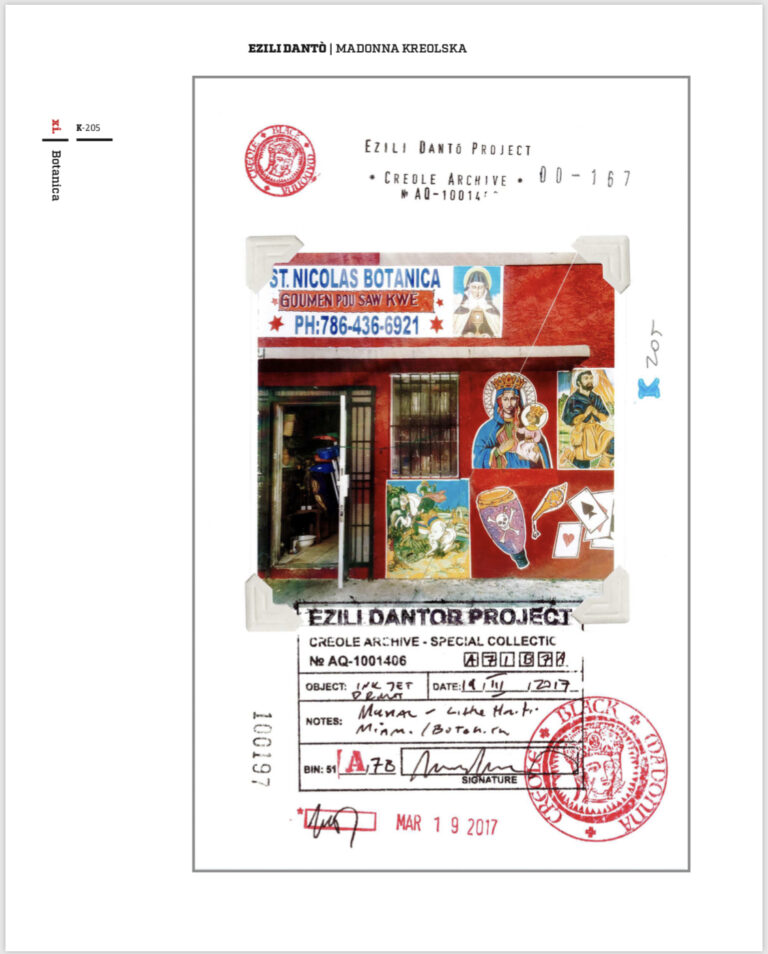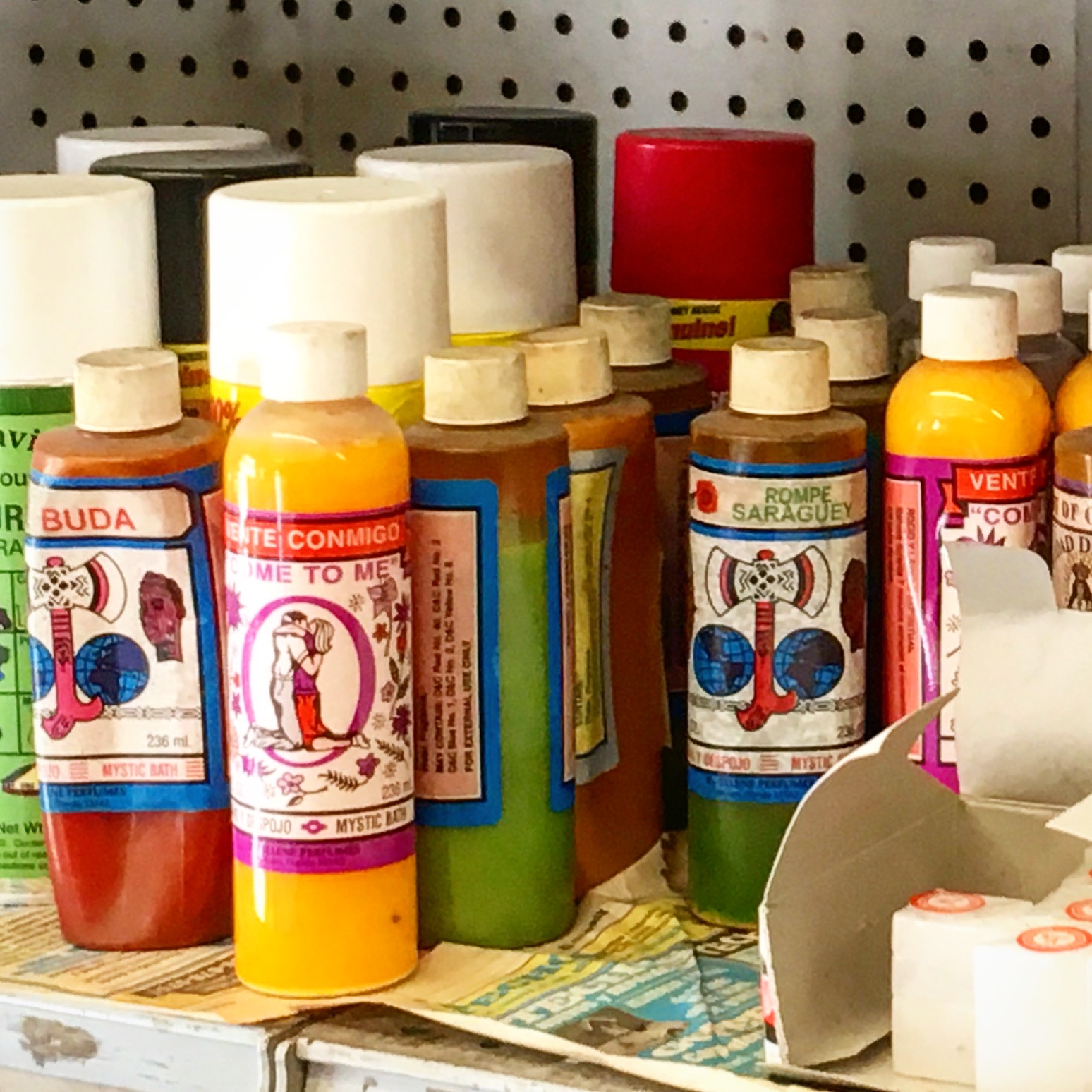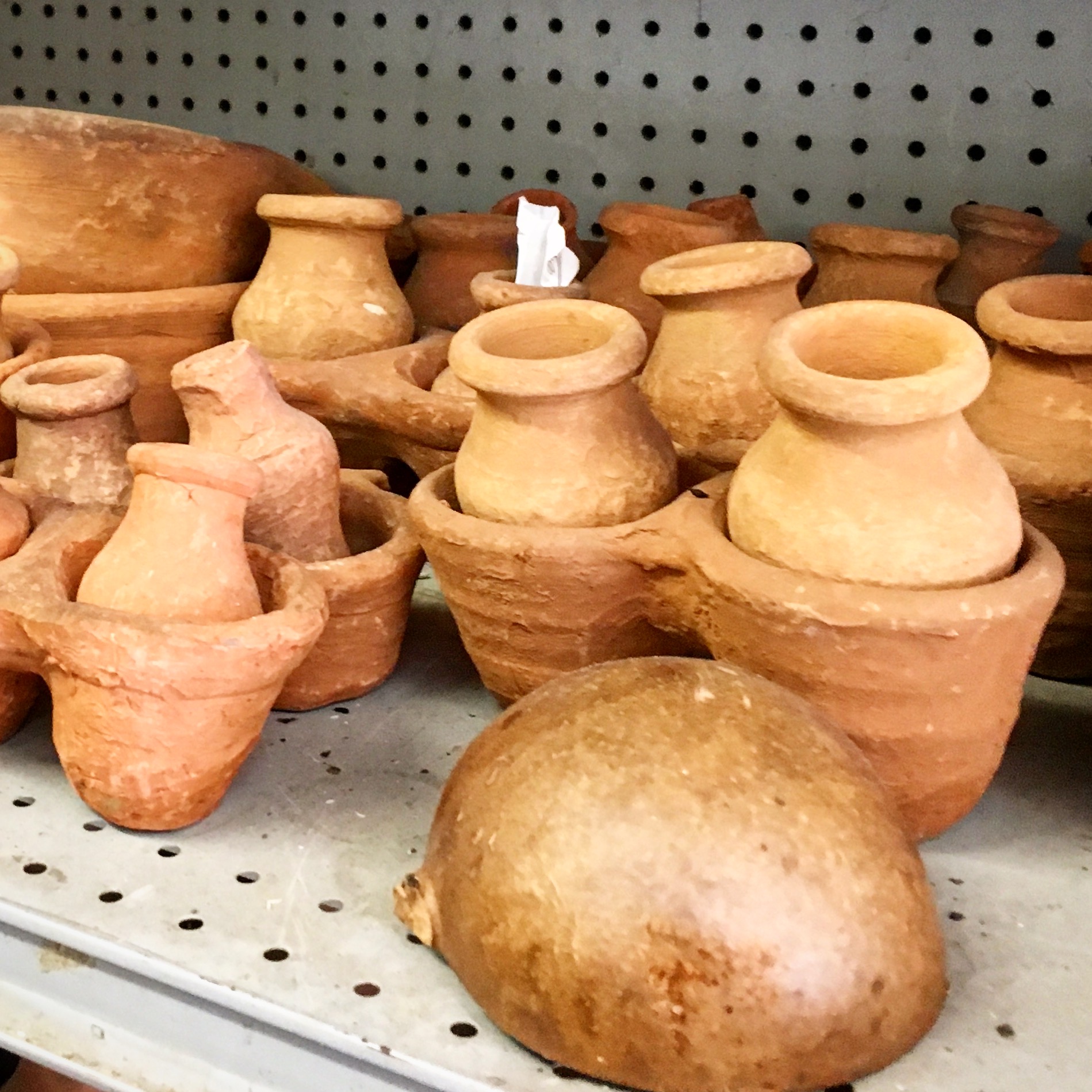
Creole Archive: Little Haiti Botánicas
South Florida is a transnational space where different cultures come together to create something new. It is a place where a young émigré from Poland happened upon the representation of a sacred Polish religious icon in front of a Haitian restaurant. In its Miami location the icon symbolized both the Polish Virgin of Czestochowa and the Haitian Vodou lwa Ezili Dantor. The blending of these figures is characteristic of the Creolization that happens not just in South Florida but all over the Caribbean and Latin America. Miami Creolization is further embodied in the botánica storefronts featured in this exhibition. Botánicas, neighborhood spiritual stores, can be found in the distinctive Miami neighborhood known as Little Haiti. These botánicas are by-and-large a Miami creation illustrating the city’s diversity. Within a botánica one finds charms for luck, employment, love and money, alongside herbal remedies and potions. Side-by-side on the crowded shelves are statues of Catholic Saints, figures from such Afro-descended religions as Vodou and Santería, and Hindi representations. With names such as St. Michel Super Botanica and St. Nicolas Botanica these neighborhood-centric stores evidence the diasporic nature of Miami’s population who become Americans while keeping the culture and traditions of their former homeland. This cultural duality is universal to immigrants worldwide and a significant part of the identities they forge. The botánicas and their exterior walls decorated with Catholic Saints and Vodou symbols show the ever-shifting nature of a city like Miami. The botánicas reflect the city’s continuing flux in one other way. Many now stand empty, their colorful murals removed and their windows filled with For Lease signs. The fate of St. Nicolas Botanica. Once more the city is changing this time because of gentrification and the influx of a new population. Dr. Marie Stephanie Chancy



















































